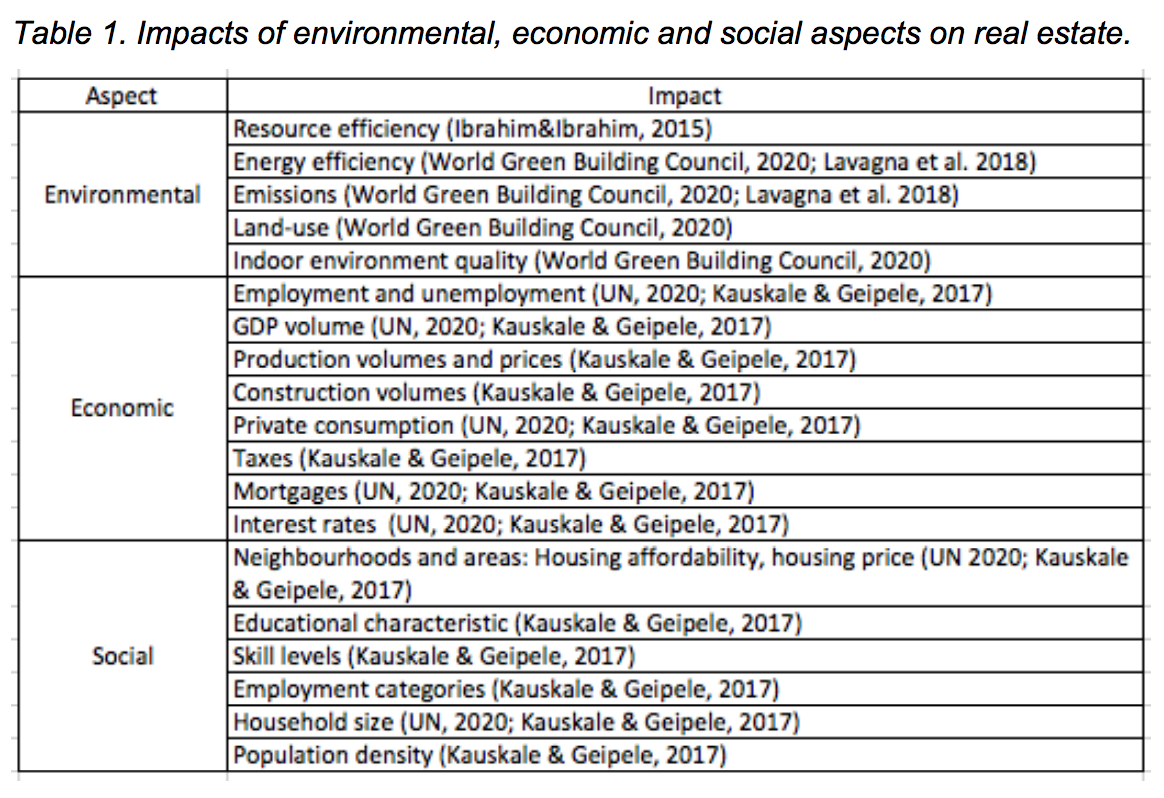
As a former school administrator and teacher, I find research to be interesting and a valuable source of up and coming ideas. Here, I have summarized a recently published master's level thesis on the environmental effects of real estate investment and why moving the industry in a more sustainable direction is important. Please see the original resource linked at the end of my summary.
Investments in real estate are worth over $50 Trillion (USD) as of 2020, according to the UN’s Environmental Program for Sustainable Buildings. The real estate industry makes a significant contribution to energy consumption and emissions on a global scale, thereby making real estate a significant contributor to climate change.
As of 2020, over 55% of the worlds population live in urban environments, and by 2050, the expectation is that 68% will live in urban areas. (Pitkälä, 6) With more people moving to urban areas, an increasing number of construction projects are necessary. "According to the World Green Building Council Global Status Report 2017, the building sector is considered the greatest consumer of global resources." Lavagna et al.(2018) The number of new commercial and residential buildings has increased (and will continue to increase) globally due to urbanization. Property owners and investors can play an important role in achieving sustainable urban communities if they recognize that sustainability can increase real estate value and mitigate risk. (Pitkälä, 7) Currently, the real estate investment industry is responsible for 40% of global energy consumption and 30% of greenhouse gas emissions. (Pitkälä, 7)

Table 1 (Pitkälä, 15)
Because buildings have a lifespan, it is important to consider the impacts of a building over time including: energy efficiency, energy consumption, transformation of the natural landscape, waste, sustainable materials and the health of the indoor environment. (Pitkälä, 19-20) An effort can be made to improve the sustainability of a building by requiring for brownfield plots, green roofs and runoff water recycling. (Pitkälä, 20) The use of sustainable materials and design and construction methods during the building’s life span improves sustainability. (Pitkälä, 20) The use of sustainable building strategies can create value in real estate through "risk assessment, energy cost savings, potential economic benefits from efficient buildings and top market prices" (Krause & Bitter, 2012; Hebb et al. 2010).



